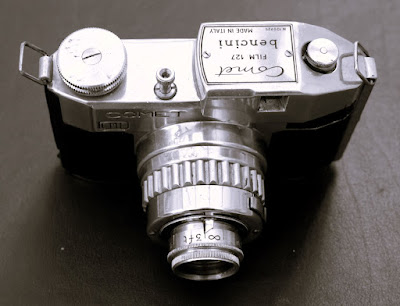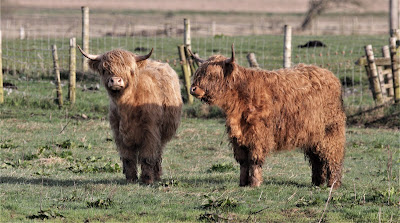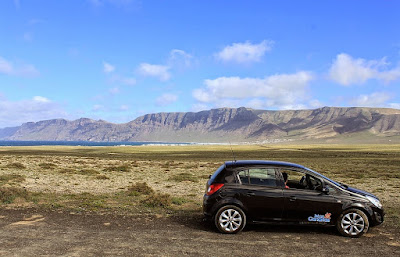Old age combined with bird photography in all sorts of weather in many parts of the world finally caught up with my now rough around the edges Canon EOS 80D. I listed it on Ebay as needing “tlc and attention” and it sold quickly for £200, enough dosh to kick-start the search for another camera.
Now was the time to check under the floorboards for spare cash towards the new investment. Well there’s no point in keeping money in rip-off banks with their paltry interest rates is there? And in any case, and just this week, if a customer doesn’t conform to many banks’ increasingly odd world view they will simply close an account. Whatever happened to “The Customer is Always Right”?
As luck would have it I found a stash of notes that Sue had forgotten about and then set to Googling digital SLRs.
Mirror-less cameras are the new trend and destined to replace digital SLRs. I already have a mirror-less in the shape of a pocket sized Sony SLR used for street and landscape holiday shots, a camera that performs incredibly well. But I needed a camera to which I could seamlessly switch without learning a whole new set of function buttons and complicated menus, a feature in which the Sony excels. I love the little Sony with a passion but could never use it as a tool for bird photography, an ability that demands rapid changes of ISO, f numbers and zoom settings, mostly all at once, with one hand.
The upgrade had to be a camera that would take Canon and third party EF/EFS lenses, more especially an 18-55mm for birds in the hand and a Sigma 150-600mm telephoto for longer shots.
Choices were limited but I settled on the next Canon up, an EOS 90D, probably the last of Canon’s digital SLRs before their recent move to a number of mirror-less cameras.
The main reason for going for the 90D was extra megapixels, 33MP as opposed to 24MP, plus the aforementioned familiarity with Canon’s user friendly menus together with the layout of the camera back plate and the top buttons, both of which are satisfyingly similar in both cameras. I used HDEW Cameras who supplied me a grey import at £200 less than most retailers, and it came with a 3 year warranty.
Canon EOS90D versus Canon EOS80D
It didn’t take long to get used to the 90D where a few shots in the garden confirmed the upgrade worked well until I could get out in the real world when the winds drop and sunny days return.
Swallow
Blackbird scoffing the cherries
Collared Dove
Woodpigeon
And whilst on Ebay another camera sparked interest with memories of how cameras used to be: my old dad’s Box Brownie, the Kodak Instamatic, a useless Polaroid, and a pre-digital 35mm film camera, a Pentax ME Super.
Those were the days - not.
Open Up Your Camera.
The first step is to open the back of your camera. ...
Step 2: Prepare your film. Take your film out of the little container. ...
Step 3: Secure the film leader in place
Step 4: Wind the film forwards...ensuring your sprockets are aligned
Step 5: Close the camera and take some photos!
Step 6: Wind the film to the end and pray that the film captured half decent images that fully display your expertise as a photographer
Step7: Put the film back in the little container and take it to Boots or a High Street photography shop where it will be sent off to experts who will transform your film into printed images. Hand over a large amount of money for the service
Step 8: Pray again for about 7 or 8 days until the prints are ready
Step 9: Save the one or two acceptable prints and bin the rest
Step 10: Buy another roll of film and start all over again.
The little camera on Ebay reeled me in. An Italian Job from 1953 - £15 including postage. What a find, a Bencini Comet “like new”. Thanks Stuart.
The Bencini Comet was the first of a series of cameras made from 1948 into the 1950s. They were made by CMF Bencini in Milan, Italy.
“Solidly built from polished metal castings with a sheet metal back. A viewfinder camera fitted with a 60mm meniscus lens and instantaneous & time shutter. The time function operates as 'Bulb'. The shutter release, which is on the body, is threaded to allow for the connection of a remote shutter release cable. The shutter function selector is unusual in that it is a tab that is pulled out from the lens barrel. The camera is capable of capturing sixteen half frame exposures (3 x 4 cm) on 127 film by the use of two red windows. It is a front focussing camera giving focus down to 3ft. A tripod mount is provided. The viewfinder is very small, the eye piece being only 3.5mm across.”
Bencini Comet
Bencini Comet
Bencini comet
I have no intention of using this little gem. Cameras of this period and Art Deco looks can never replace a modern digital SLR. But it sure looks good on display in the lounge and provides a great talking point for visitors.
Back soon with more news, views and photos from Another Bird Blog.
Linking on Saturday to Eileen's Saturday Blog.

































































.jpg)












